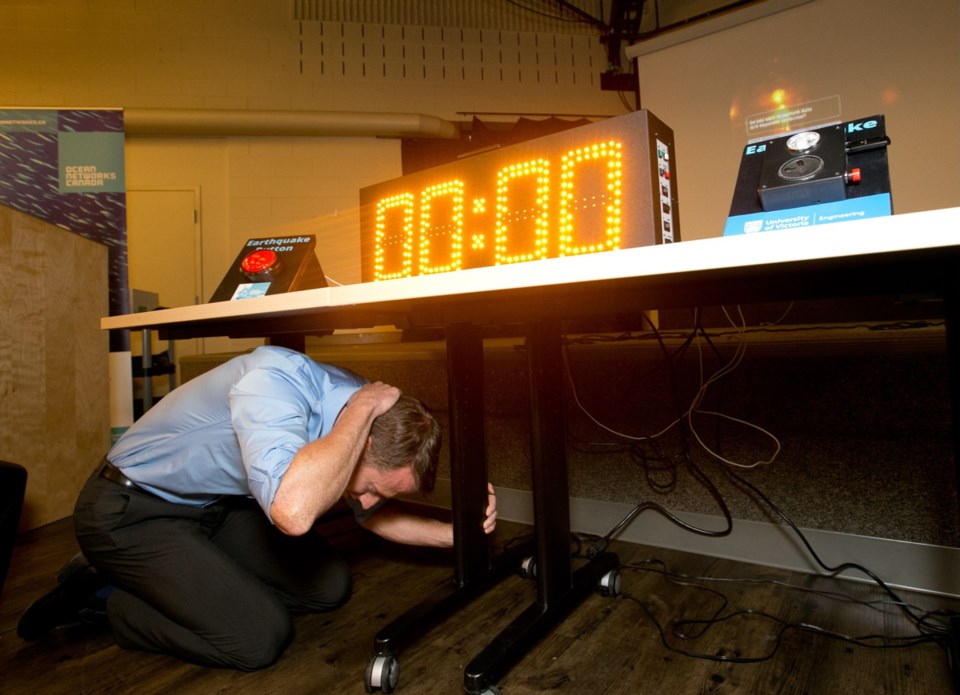Ocean Networks Canada has received one-time funding of $5 million from the province to help develop earthquake early-warning systems in areas of B.C. most at risk of seismic activity.
The money will contribute to offshore strong motion sensors to be integrated with land-based sensors to increase the amount of information about seismic activity, Naomi Yamamoto, minister of state for emergency preparedness, announced Monday.
Ocean Networks Canada already collects data from offshore and coastal strong motion sensors.
When an earthquake occurs, sensors of the primary wave, called a P-wave, detect the first movements from the earth’s crust. These first non-damaging waves are followed by secondary waves, S-waves, which cause the majority of the shaking.
Detecting the P-waves could provide valuable seconds of advance warning before the S-waves thunder in.
According to Ocean Networks, the effectiveness of the detection tool depends on having precise GPS receivers and enough sensors and reliable communication infrastructure to get accurate information out quickly.
With the funding announced at the B.C. legislature Monday, Ocean Networks Canada says it will provide more P-wave sensors in the Cascadia Basin, Barkley Canyon and Clayoquot Slope regions, and the coast of northern Vancouver Island to help test and refine the earthquake early-warning system they have developed.
It’s hoped the extra sensors will help reduce the likelihood of false notifications — a minimum of three sensors need to be triggered by a seismic event.
The new offshore sensors will link into networks of land-based sensors from other agencies, including those owned by the Transportation Ministry and Infrastructure, Natural Resources Canada and the University of B.C., the government said.
Oak Bay fire chief David Cockle, president of the B.C. Earthquake Alliance, says such systems are key in providing valuable seconds or minutes of advance warning.
Yamamoto urged British Columbians Monday to invest in their own earthquake-preparedness plans and supplies for surviving a minimum of 72 hours “after a damaging quake rocks us.”



